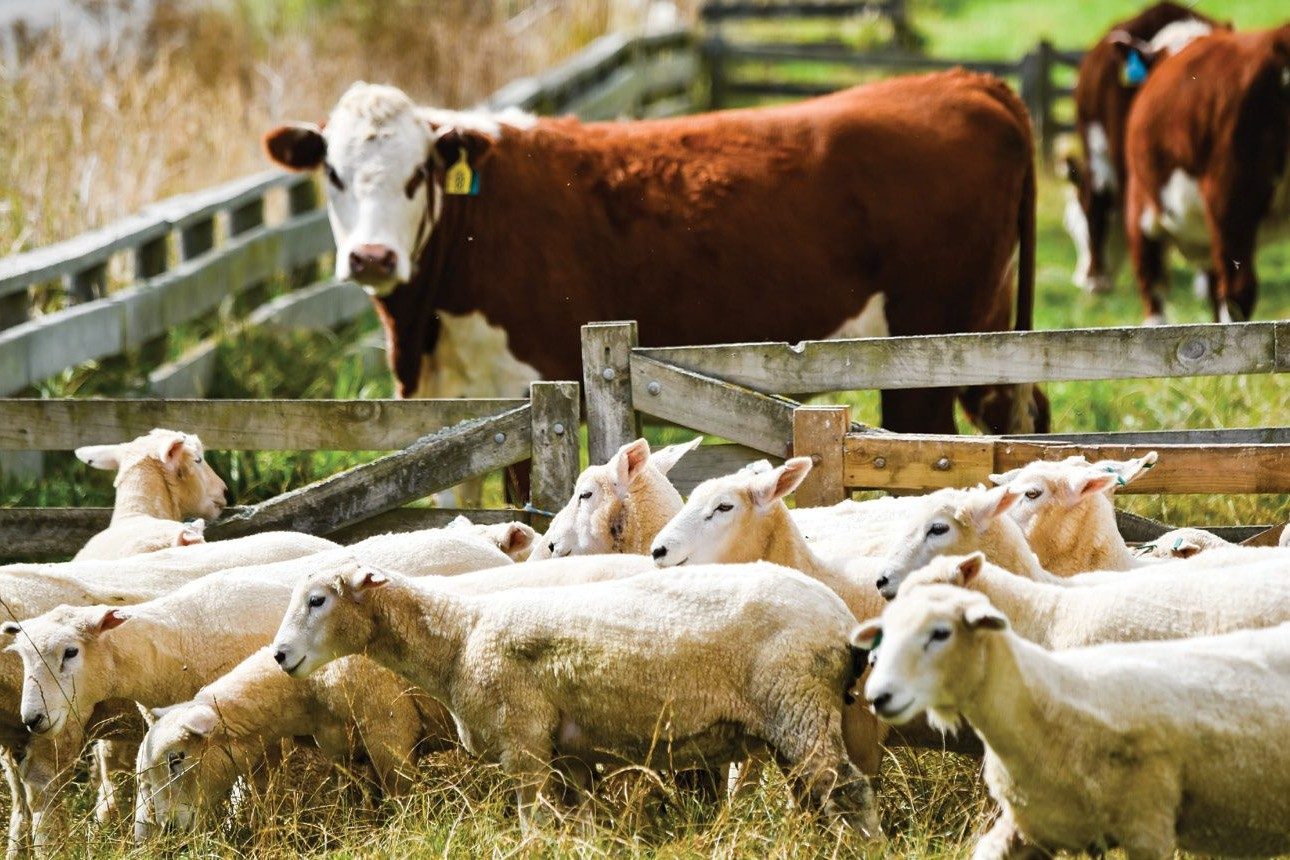Check the trace element tank
Deficiencies of trace elements, unless severe, usually go unnoticed, Vet Trevor Cook writes.

Deficiencies of trace elements, unless severe, usually go unnoticed, Vet Trevor Cook writes.
One of my colleagues was sharing with me in September a case of a farmer with two-year finishing cattle that were being fed but not growing.
They were tested for this and that and the glaring deficiency was selenium. It did not register on the blood test. The farmer supplemented with an injectable selenium and reported that expected weight gain followed.
Just about every farm in New Zealand is selenium-deficient as are we who eat food from these farms. That is not new knowledge. I look back on my notes from 40 years ago and I was advising farmers to be sure that selenium was not deficient.
Growth rate of young stock and all aspects of reproductive performance is sensitive to selenium levels. As for all trace elements, I advise that production deficits due to deficiencies should never occur. That is because we have the ability to test in anticipation of a deficiency and supplement before it occurs.
We must test the storage site to know how full the tank is to be able to confidently supplement. For copper and B12 that storage site is liver. For selenium it is a blood test.
For these two year cattle the only sign of selenium deficiency was a depressed weight gain. That same deficiency in cattle a year younger presents itself as scoury and wormy looking. The response to supplement in these animals which can look very poorly is very fast. So often they are given a worm drench and that response is seen but it was selenium in the drench that delivered the outcome, although not so many drenches have selenium in them nowadays.
The above illustrates the opportunity on so many farms from just getting the basics in place. If weight gains had not been monitored on the above farm the exit date for the cattle would have just gone back as weight gains lifted as the spring flush slowed. A good example of being in control, which I have talked about before.
Deficiencies of trace elements, unless severe, usually go unnoticed. The outcome of a modest B12 deficiency in lambs is just a lowered weight gain. Nothing stands out to signal that a deficiency is present. Copper deficiency will be the same in cattle although I think that expression of production deficits due to low copper is more complex than just finding a low level.
A complication to being totally in control is that differing seasons have an impact on levels of trace elements, soil macro elements and worm levels, for example. Extreme seasonal weather can have a huge impact on the levels of each. Repeated severe summer and autumn dry spells for many areas are necessitating more monitoring to recalibrate many farms. This usually goes alongside reviewing policies to better fit these weather patterns.
Ensuring the above is captured and implemented comes under the banner of planning. I am fascinated by the various forms planning takes. There are farmers who amaze me by their ability to cover all of the bases without there seeming to be any formal planning. No written plans are apparent. A common form of planning is to refer back to what was done last year. Surely a recipe for doing what you have always done. Whereas others almost cling to formal plans.
Obviously my inputs are mostly part of or intended to be in formal planning. It is quite satisfying to see my plans stuck to the wall or in the box on the front of the quad. But I have never been able to link that to better outcomes.
The programmes now available that enable masses of farm information to be at your figure tips all on your phone is a massive step forward in storing and recording data, sharing data and even analysing data. From me, it enables much more readily to look back at dates, products, numbers etc which before were captured in the famous notebooks. Furthermore that information is backed up on a computer which safeguards against lost or damaged phones. For clothes-washed notebooks that data was often lost.
A bit that I really like is being able to send reminders or make comments when I am sharing the programme. I think this technology is up there as one of the game-changer developments of recent times.
It is irksome that some of the good product options on the market are Australian. But then competition is a driver of innovation.




